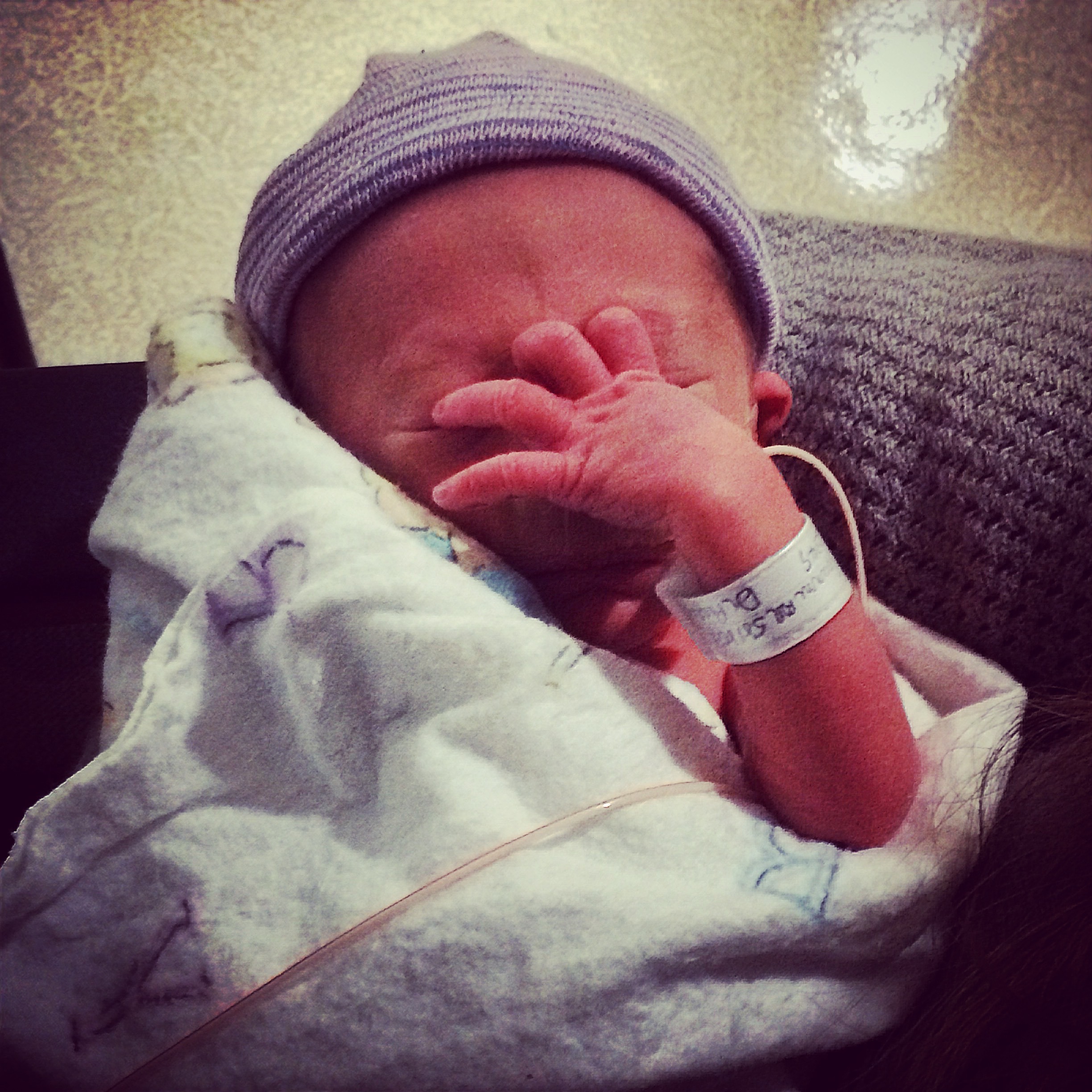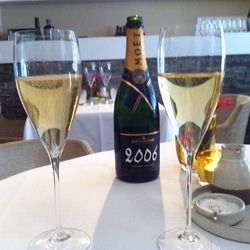M & S Bouchet
Rebuli
Prosecco di Valdobbiadene
From Ashley. Crisp. Toasting new year with M&S sept 2020 — 5 years ago
Cantillon Brewery
Fou' Foune Lambic 2019

Me neither @Severn Goodwin ~ nor the owner of the store I purchased it at!
Conte Priuli
Prosecco
M&S. Very decent Prosecco all in all. — a year ago
Domaine Mathilde de Favray
Pouilly-Fumé Sauvignon Blanc 2019
Lovely quite complex and long but still refreshing - M&S — 4 years ago
Quinta de Fafide
Reserva Douro Touriga Nacional Blend 2017
Been a while but this was really very good - 3rd bottle of this we’ve had this weekend on lockdown. £10 a bottle at M&S. Let it breathe a bit and the rewards are fantastic. You feel it though - 14%. One to savour. — 5 years ago
Las Dalias
Mendoza Malbec 2018
M&S. Really tasty. Easy to drink. — 6 years ago
Domaine de la Meuliere
Chablis Chardonnay 2015
Fab! Post diet drinking. 2015 vintage. From M&S — 5 years ago







K S
Azores 2024 with heather Cindy m s jr. crisp minerals — a year ago